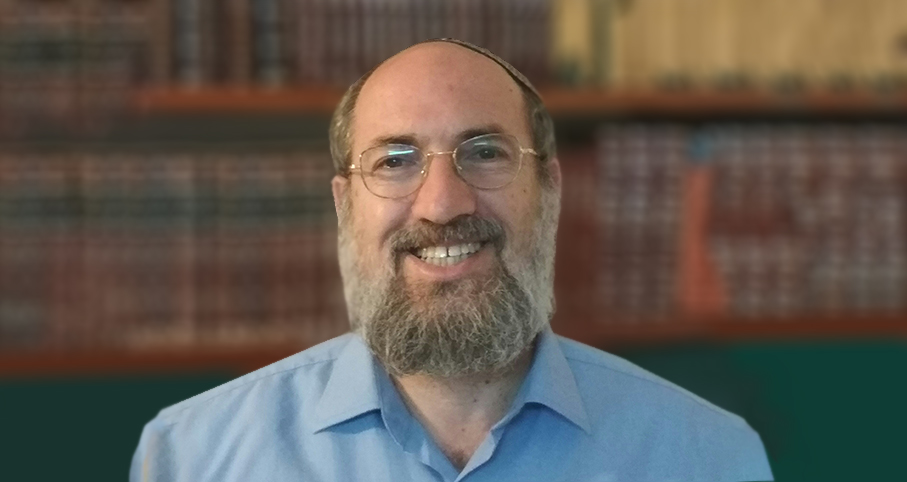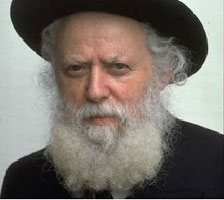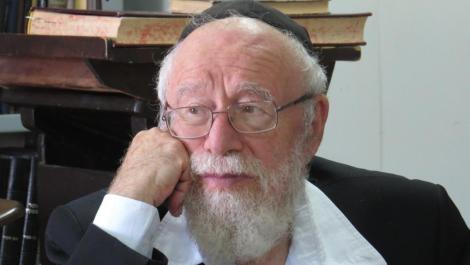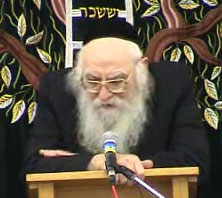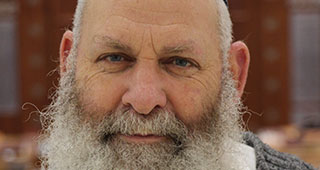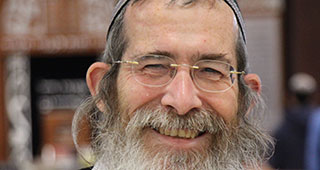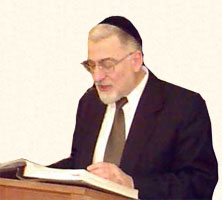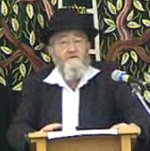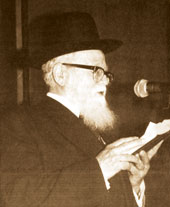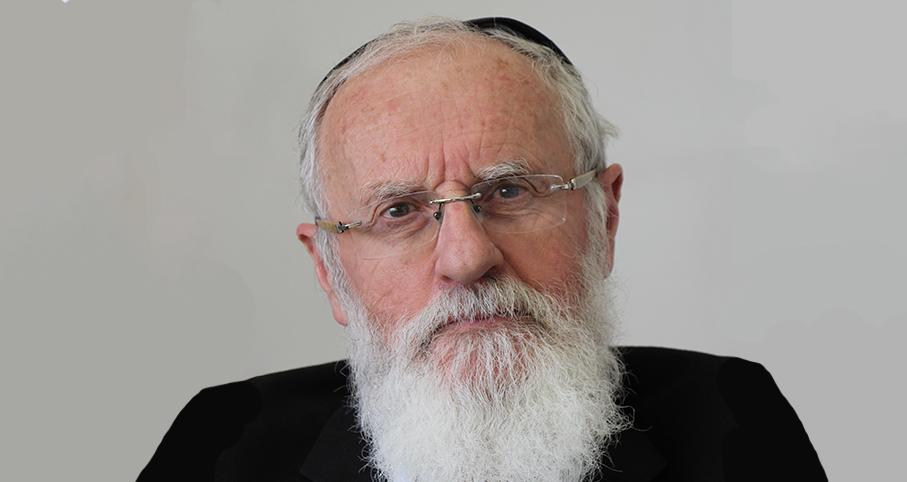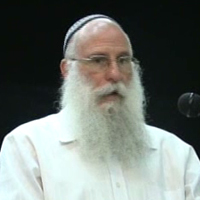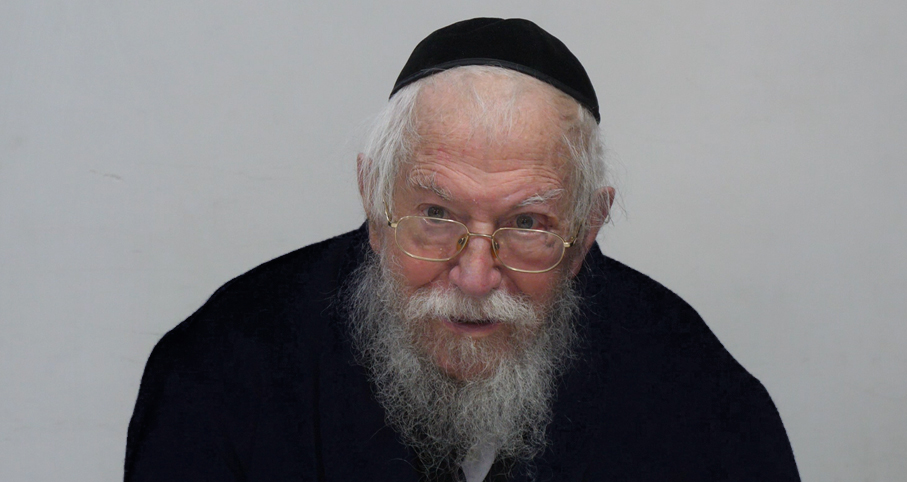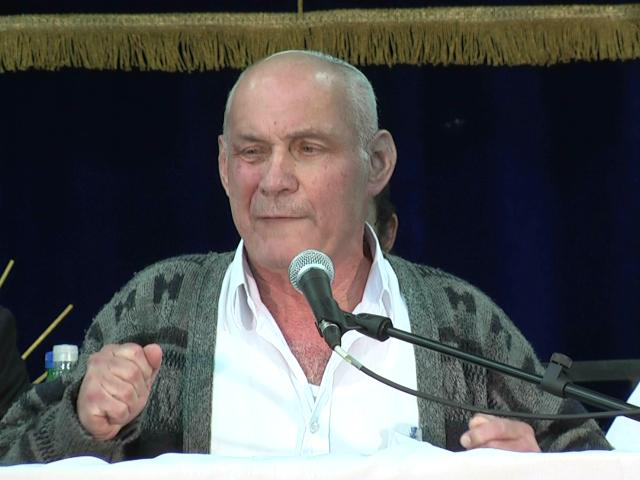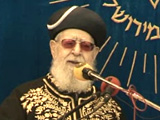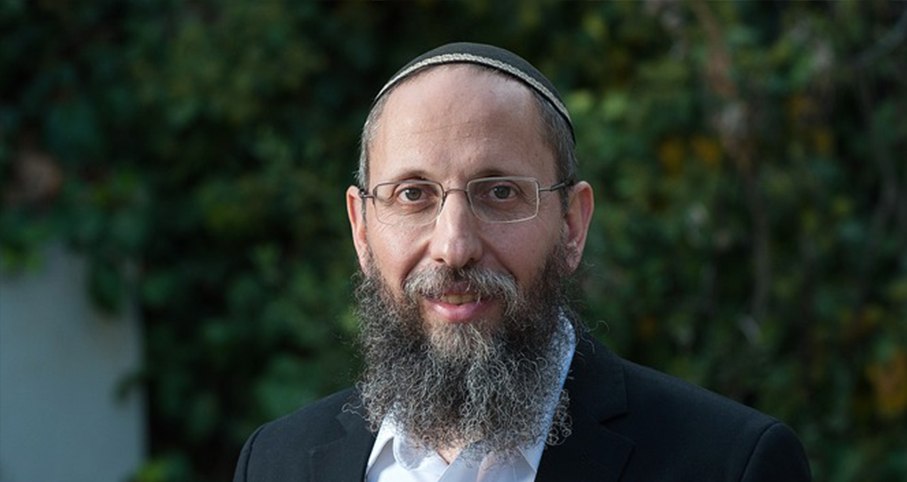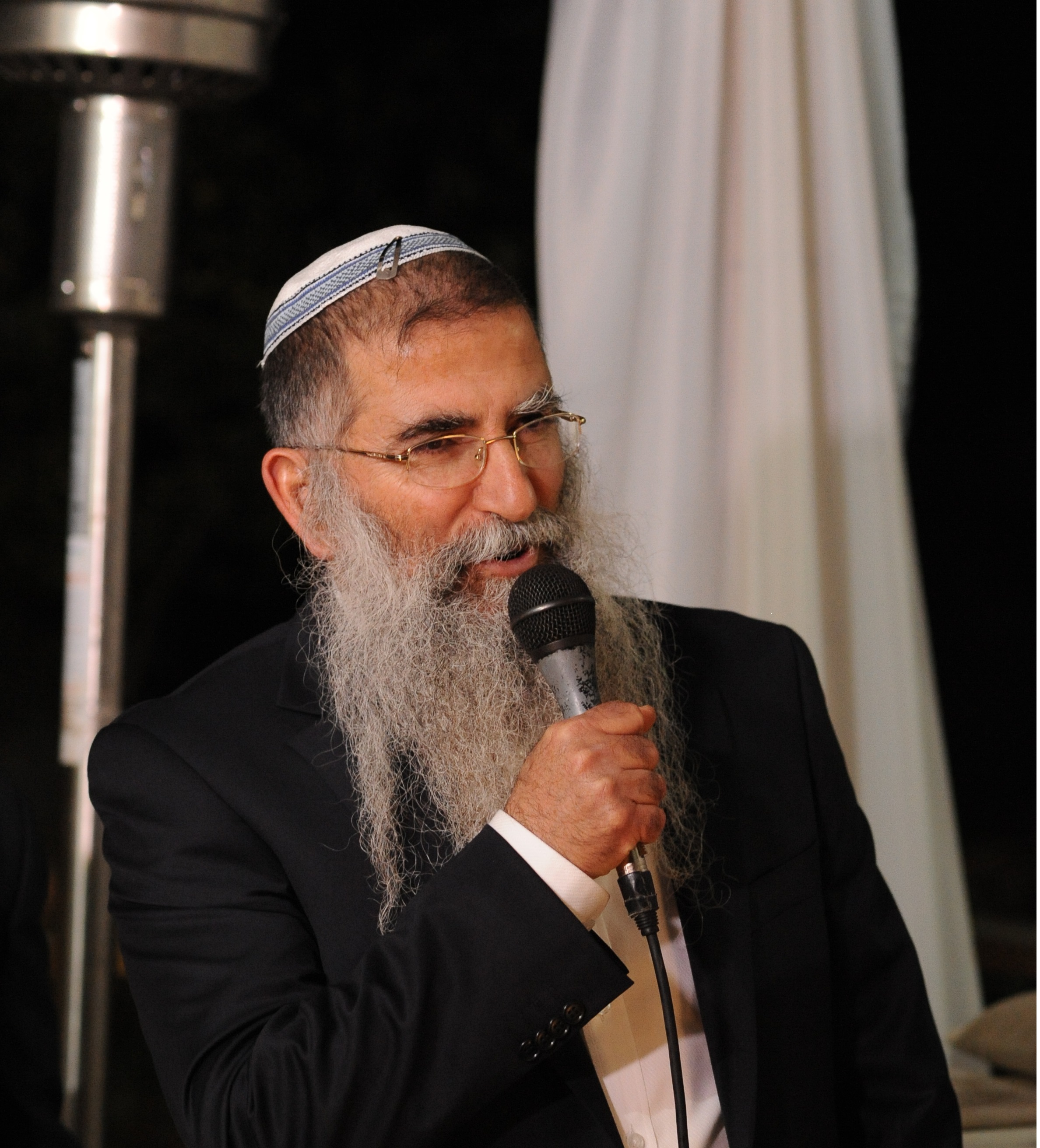Beit Midrash
- Torah Portion and Tanach
- Shmot
- Ki Tisa
The command to count the nation is expressed as: "Ki Tisa et rosh Bnei Yisrael." Literally, "When you lift up the head of the nation." What a strange expression! What does it mean? Why not use the more common expression for counting, "Ki Tifkod?" And why do we say - no less than 4 times - that giving the half-shekel brings "kapara," atonement for the giver? How does that work?
Recently, we learned about the objects in the Mishkan. One of the most important of these is the Kaporet, the cover of the Aron/ark, from which the voice of Hashem emanated. "Kaporet" has the same exact root as "Kapara." The connection? A cover serves to protect. And just as the Kaporet "protected" the Luchot lying in the Aron, so the performance of Mitzvot – such as the giving of the half-shekel for communal offerings – "covers" & protects the giver, allowing him to "raise his head" in full confidence that, through his actions, he has elicited G-d’s favor & blessing.
As the saga of the Egel HaZahav begins, the nation miscounts & believes that Moshe was not coming down from Mt. Sinai with the Luchot. The pasuk there uses the unusual word, "Boshesh," usually translated as "delayed" but clearly implying a certain "busha," embarrassment or lack of faith in one's self. A vicious cycle thus begins: The people panick; they lose confidence in their ability to relate to Hashem without an intermediary – such as Moshe - & so they build a calf, the only "god" they had ever seen before, in Egypt.
When Moshe sees this, he says, "The nation is faruah," a word Rashi says means, "exposed." The people had lost their sense of self-worth & so they sinned; in doing so, their protective "cover" was now off. Only when they eventually repent, & regain Hashem’s favor, does the "cover" return & they are granted a new, second set of Luchot.
Perhaps this is the deeper significance behind the "mask" which Moshe wore at the end of the Sedra (which fits well for the day after Purim!). A mask is also a type of cover; Moshe may have been intimating to his people that as long as we "cover" ourselves in Mitzvot & acts of Chesed, we will be protected by Hashem & worthy of receiving the Torah.
Most of all, our Sedra emphasizes that when we are in consonance with the ways of Hashem, we can hold our heads up high – individually as well as among the nations of the world – confident that we will always be the beneficiaries of G-d’s mercies. And that is why we are certain of our eventual victory: While our terrorist enemies tend to wear masks, our masks will always triumph over theirs.
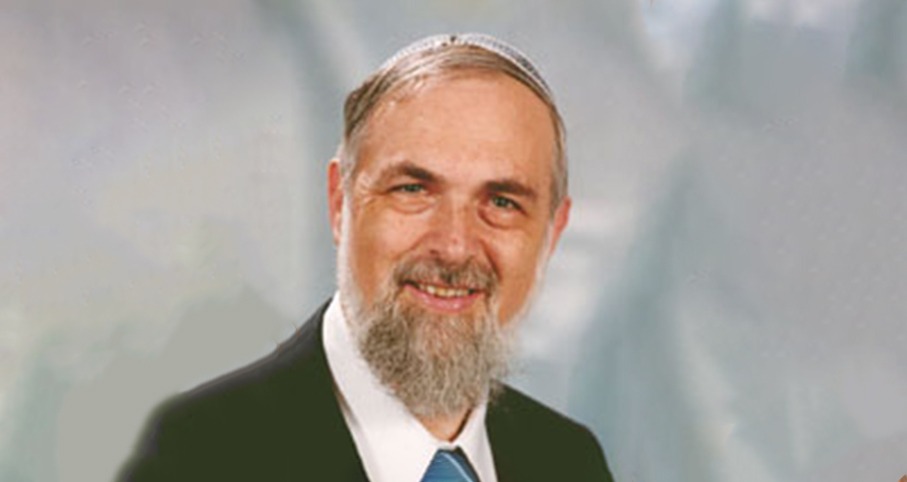
Gold, Silver, Precious Stones – Closeness to Hashem – part III
Rabbi Yossef Carmel | Adar 5785
Passion is the Key
Rabbi Baruch Finkelstein | 17 Adar 5772
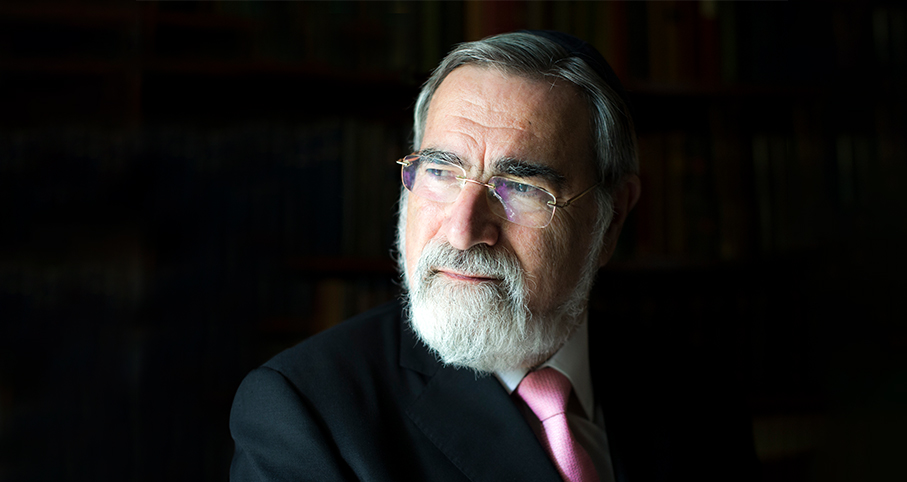
Anger: Its Uses and Abuses
Rabbi Jonathan Sacks | Adar 4 5778




